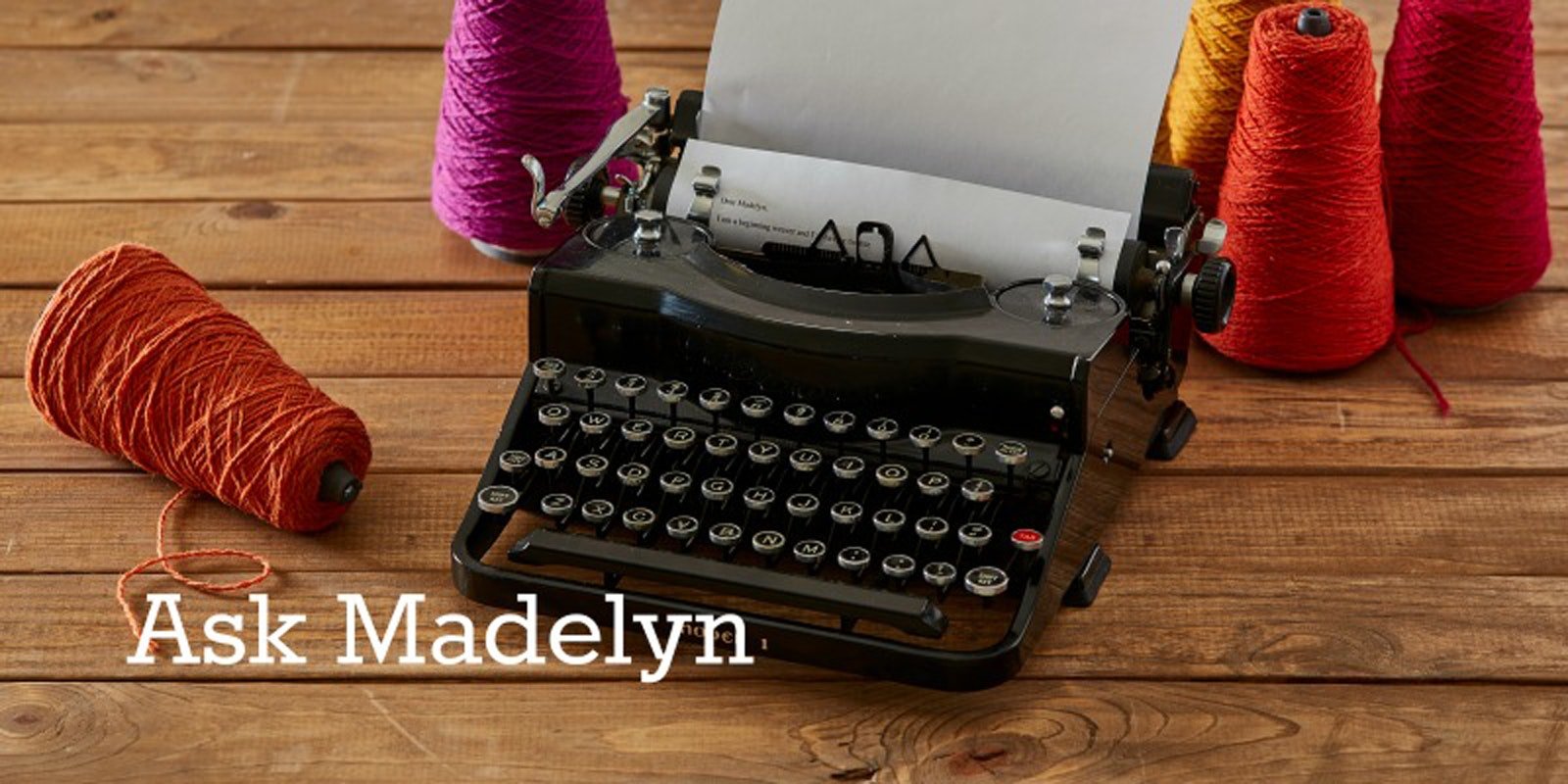I want to use the Rose and Compass draft in the November/December 2014 Handwoven to weave napkins using Maurice Brassard’s 8/2 Cottolin (the article calls for 10/2 unmercerized cotton). I want to end up with napkins about the same size as in the article (20-1/2") when they are finished and hemmed. Also, can you recommend a source for learning how to create my own weaving drafts or at least how to adapt an existing one? Thanks for any help you can offer!
—Susan
Hi Susan!
The weave structure for the napkins is Spot Bronson (with a great deal of plain weave mixed with the spots). The recommended sett in the article is 24 ends per inch for 10/2 cotton. The cottolin you plan to use is similar in size to 8/2 cotton (3,360 yd/lb). You will want to sett it at 20 ends per inch instead of 24.
557 warp threads are used for the project napkins, producing a weaving width of 23-1/2". If you used the same number of warp threads (following the draft) with a sett of 20 epi, your weaving width would be 27-7/8". Usually, if you want to reduce or increase the number of warp threads in a particular draft, you look for the repeats and decrease or increase their numbers. In this draft, there are 72 threads in the 7x repeat.
If you change the repeat to 6x, the total ends will be 485 for a weaving width of 24-1/4". If you change the repeat to 5x, the total ends will be 413 ends for a weaving width of 20-3/4". (If you choose the 5x repeat, you can add to warp width by adding to the 4x repeats on either edge. They are weaving plain weave and could be increased as many times as you wished.)
To determine the number of repeats to follow in the treadling for the woven length you want, first weave a few repeats of the design. Then measure your weft sett (number of picks per inch) and adjust (reduce) the number of repeats accordingly.
Learning how to create your own weaving drafts means learning in depth about weave structures and how they work. It’s what we spend our lifetimes as weavers doing (besides learning about color and fiber content and and and!). The best way to learn is to weave a lot. Classes, guild study groups, workshops, and websites, along with a good weaving library.
Madelyn
If you have a weaving question please email Madelyn!

